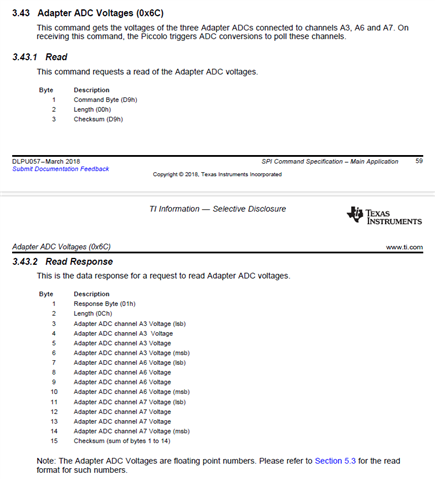Part Number: DLP3030-Q1
Tool/software:
For DLP3030 PGU products, the temperature detection (NTC) of R/G/B three LED board are all connected to TMS320F28023, as shown below:

We have a few questions, please help answer:
1. According to the specifications of TMS320F28023, these three pins are just ordinary GPIO, not ADC dedicated interfaces, so the actual detection software only sets the threshold of high temperature protection (turn off the backlight when exceeds a certain voltage value), instead of always being able to read the temperature value of the LED board,right?
2, R/G/B three LED board, can be arbitrarily connected to A7, A6 and A3?for example, not according to the TIDA080004 reference circuit diagram connection, such as blue LED board to A7, red LED board to A3, so the connection will be any problem?
3, we use other MCU communication with TMS320F28023, can read the RGB three LED board NTC temperature value(through SPI)?




